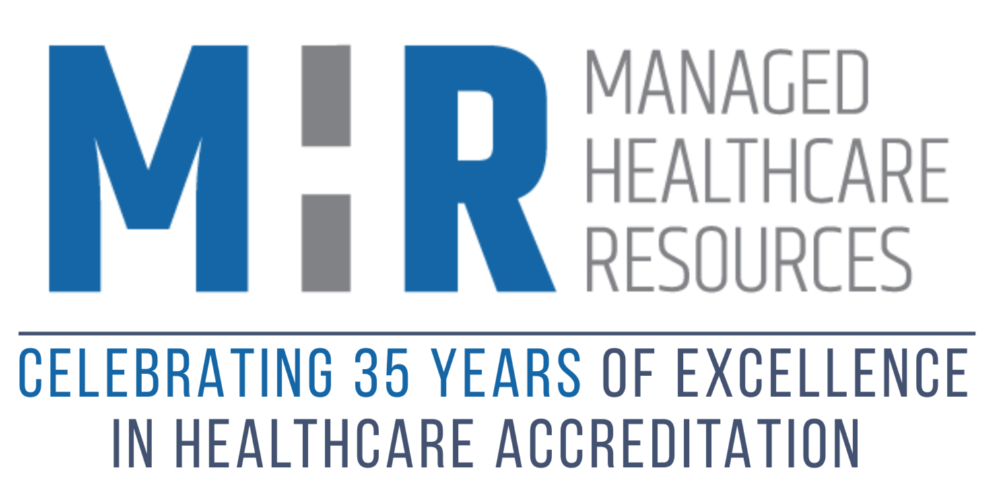
Quantitative and Qualitative (Q&Q) analysis is one of the most useful high-value tools required for most NCQA-accredited programs because of its valid and consistent approach to improving quality.
When NCQA requires an analysis, it usually means that you conduct a detailed quantitative analysis and a qualitative analysis in a written report. In general, for First Surveys, an analysis is needed at least once in the prior year and annually for Renewal surveys. However, be sure to check your specific standards for lookback periods.
Follow these ten steps as a guide.
- Introduction: Describe the importance of your analysis, product/product line, and population(s).
- Measure: Select and define the measure(s) you will monitor for effectiveness.
- Methodology: The approach to measure results must be valid and reliable. How and when you collect your data is critical. Tip: Work backward from your desired committee date to when data gathering begins.
- Goal and Benchmark: State your internal goal(s) in specific, measurable, and time-targeted objectives. When available, include an external industry benchmark, such as HEDIS, representing the best performance of the process or outcome you are measuring. NCQA publishes Quality Compass every year that provides benchmarks.
- Quantitative Analysis: Compare your results, trended over time, to your previously defined goal and benchmark. Unless specified, tests of statistical significance are not required but are helpful when analyzing trends. Note: First Surveys do not require trended results.
- Qualitative Analysis: Examine the underlying reason for or cause of results, including deficiencies or processes that may present barriers to improvement or cause failure to reach a stated goal. Additionally, evaluate drivers of improvement.
- The qualitative analysis must draw conclusions about why the results are what they are and involves staff responsible for executing the program or process, also known as a causal, root cause or barrier analysis.
- Opportunities and Barriers: Identify opportunities for improvement and possible barriers. Barriers are what will keep you from achieving your goal.
- Interventions: Based on your assessment, develop, plan, and implement targeted interventions to increase the probability of a desired outcome.
- Remeasurement: Remeasure results at least annually.
- Conclusion: Write a conclusion highlighting key points.
Who is involved with Q&Q?
One person or writer cannot perform the Q&Q analysis. Instead, a holistic view must be taken, meaning leadership and staff responsible for executing the program or process must actively participate, particularly when identifying opportunities and barriers.
Training your team on Q&Q analysis is a high-value strategy. (MHR Blog Jan. 11 2023.) Include multi-disciplinary and cross-functional representatives, especially when your organization is new to NCQA accreditation or your accreditation lead is new to their role.
What are some common pitfalls of Q&Q?
Q&Q analyses are not just a report. They are most meaningful when they do not simply reflect the same barriers without ever showing improvement. If there is no improvement, ask your team:
- Were the right people involved in the analysis?
- Did your causal analysis identify the wrong barriers?
- Were your interventions implemented soon enough before remeasurement?
- Were your interventions implemented correctly?
- Were resources adequate?
Call to Action:
- Assess your processes for beginning early enough and involving the appropriate people.
- Assess the format of your reports for all steps.
- Contact MHR to help you analyze your needs and arrange team Training on Q&Q.
- Follow our LinkedIn Page




